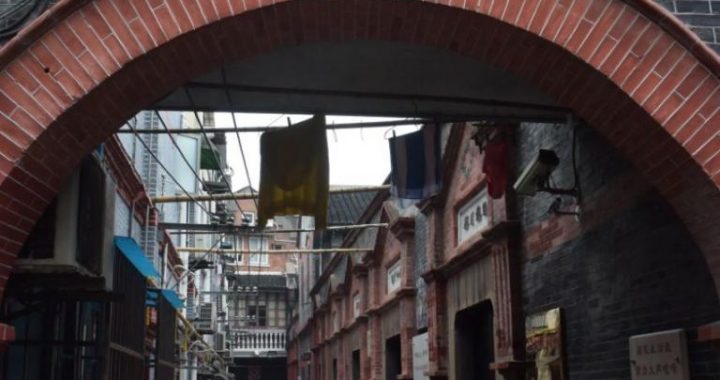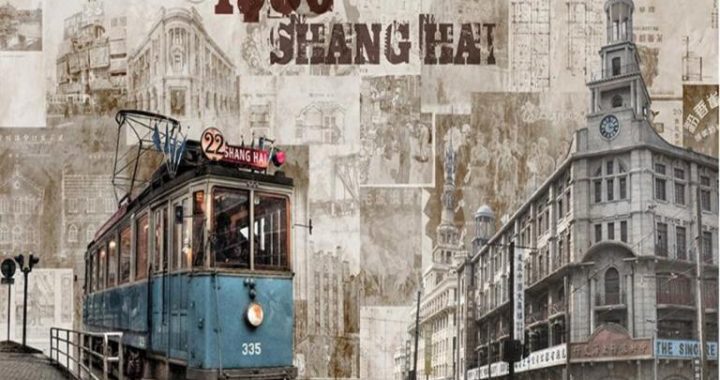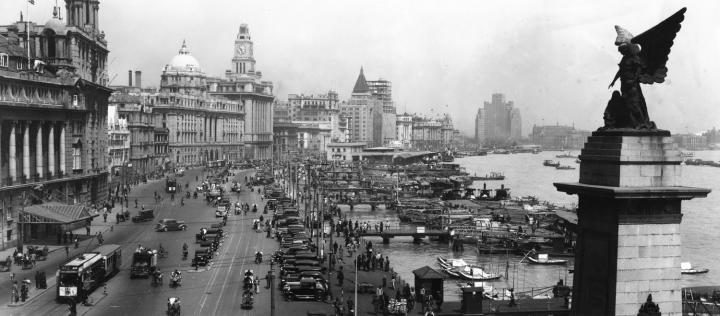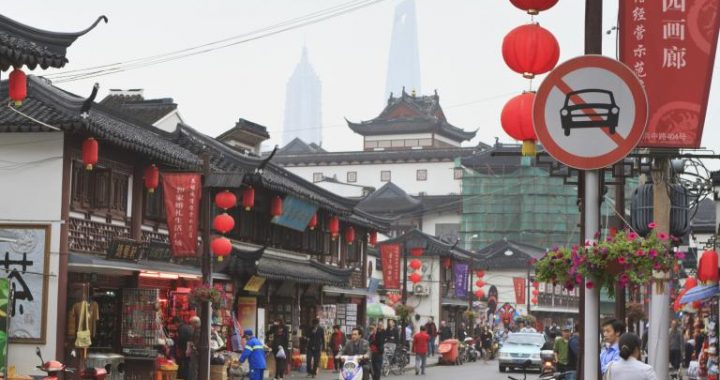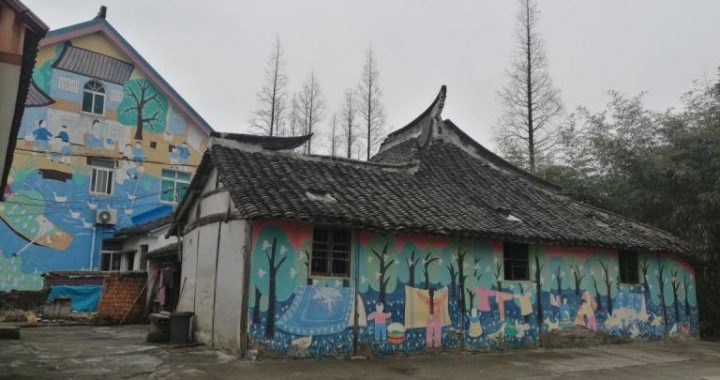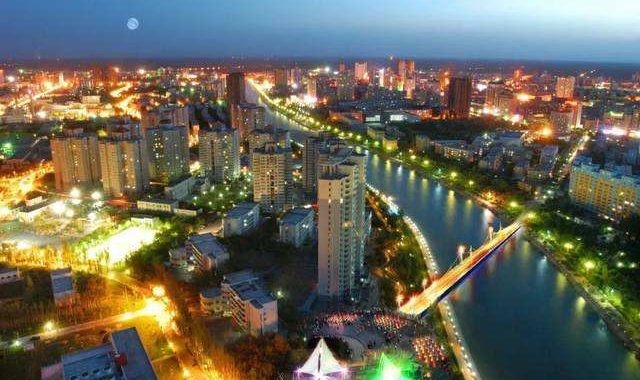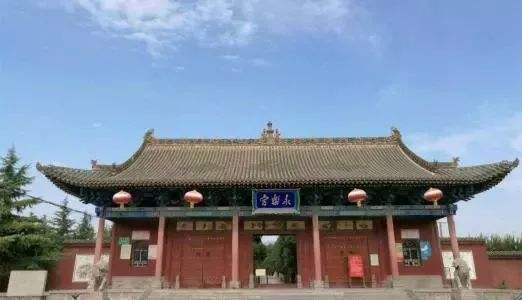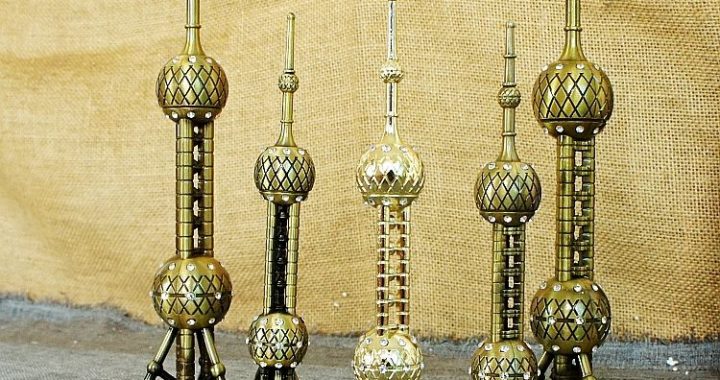The Most Open city
4 min readAs an open, international city, Old Shanghai was the earliest and quickest to draw ideas from the modern West. Someone once pointed out that Shanghai, situated along the Bund geographically, had no concept of boundaries or demarcations, and that perhaps constituted one reason for its openness.
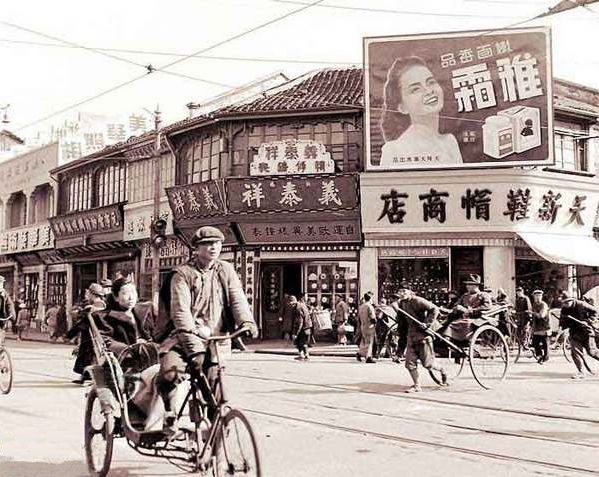
According to historical records,a variety of modern urban facilities were brought toShanghai from the West in the mid-19th century: banks were introduced to Chinain 1848European-style streets in 18 56, gas lamps in 1865, telephones in 1881, running waterin 1884, automobiles in 1901, and trolley buses in 1908. The Lumiere brothers of France invented film in 189 5, and eight months later a film theater turned up on Zhapu Roadin Hongkou District in Shanghai. By the 1930s, Shanghai had kept pace with the most developed cities in the world in terms of applied modern facilities.
A characteristic of Old Shanghai as a metropolis was its opening to the outside world, as the largest gateway through which Western culture found its way into China. From the period 1840-1949, besides those innovations mentioned above, other different types of culture, both material and intellectual, were introduced to Shanghai, including newspapers, music, paintings, stage plays, dancing, circuses, magic shows, gramophones, cameras, telegraphs, electric fans, sewing machines, sprinklers, business suits, coffee, food, beer, the Gregorian calendar, the weekly system, Western-style wedding ceremonies, libraries, museums, the police system, and the practice of boards of directors for companies. All these phenomena then gradually spread inland into the rest of China. Western academic classics, translated by Yan Fu(1854-1921), and Western novels, by Lin Shu(1852-1924), were also first publishedin Shanghai.
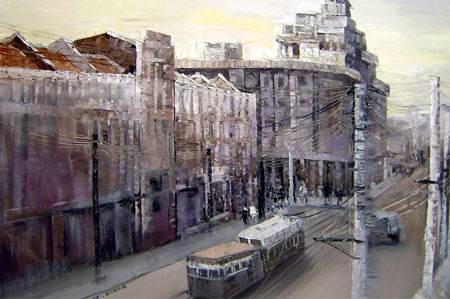
old Shanghai’s cosmopolitan openness was best reflected in the buildings along the Bund.
There were 28 buildings of ten or more stories, representing 17 classical architectural styles of Europe, including English, Russian, German and Austrian, hence its moniker as a “World Architectural Fair.”For example, Sassoon House at No.20 Bund(today’s northern building ofthe Peace Hotel) is a 13-story building, its rooms extravagantly furnished in the style of different countries, including China, Britain, France, Germany, India, Japan, Italy, and Spain. It was therefore acclaimed as the “No.1 House in the Far East.”Another example is the Great Britain Club(later the Shanghai club, and today’s Dongfeng Restaurant), located at No.2 Bund.
It is known for its Western Restaurant, which was an over 300-square-meter space withouta single pillar. Its bar was 36 meters deep, claiming the title of the “longest bar in the Far East.”
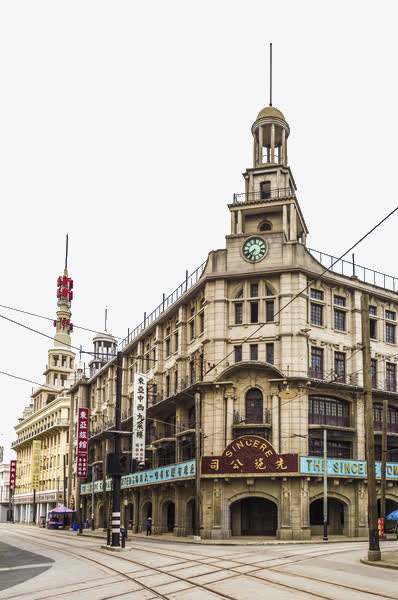
Still another example is the Building of the Hongkong and Shanghai Banking Corporation (today used by the Shanghai Pudong Development Bank). The building was constructed following the Greek style, with ionic pillars and two bronze lions at the gate transported from Britain. The pillars in the lobby, the wainscot and the grounds were all furnished with costly European marble. The upper walls and the dome of the lobby were covered with 200 square meters of colorful murals, all designed by British artists and rendered in mosaic by Italian craftsmen. This building hence was acclaimed as “the most extravagant architecture in the Far East, from the Suez Canal to the Bering Strait.”
calendarpicture from shanghain the early 2oth century As the most open city in China, Shanghai was home to the largest number of international residents in China. In 1942, the foreign population exceeded 150,000, from 58 countries including Britain, the US, France, Germany, Russia, India, and Japan. Among them were rich and poor people. For some who could not make a living at home, Shanghai was a city that was able to help them realize their dreams.”Shanghai-bound!”was a classic adventure.
As an international metropolis, Shanghai once attracted many literary celebrities who gave lectures here, such as US philosopher John Dewey(18 59-19 52), British philosopher Bertrand Russel1(1872-19 70), great physicist Albert Einstein(1879-1955), Indian poet Rabindranath Tagore (1861-1941), and US film artist Charlie Chaplin (1889-1977). These men brought to Shanghai the latest ideas in the fields of world culture and arts.
Shanghai’s openness was also seen in a historic episode of taking in more than 30,000 Jews who took refuge there during World War II. This number was larger than the combined totals of European Jews who found asylum in Canada, Australia, India, South Africa, and New Zealand. Jewish people escaping the clutches of the Nazis came to Shanghai because there wasno demand for a visa or other documents to enter the city. Shanghai became an ark for Jewish refugees fleeing the hell of Europe, and they lived there until the end of World War II.
Visitors to Shanghai, no matter which country they come from, always feel the warmth and ease of finding a home rather than just a hotel. An Englishman wrote on the eve of the Japanese attacks on Shanghai in 1937,”To most of us, Shanghai is our permanent home.”This well demonstrates that Shanghai has been an international metropolis not only in the sense ofmaterial and technological prosperity but also in the deeper sense of inner cultural outlook.
